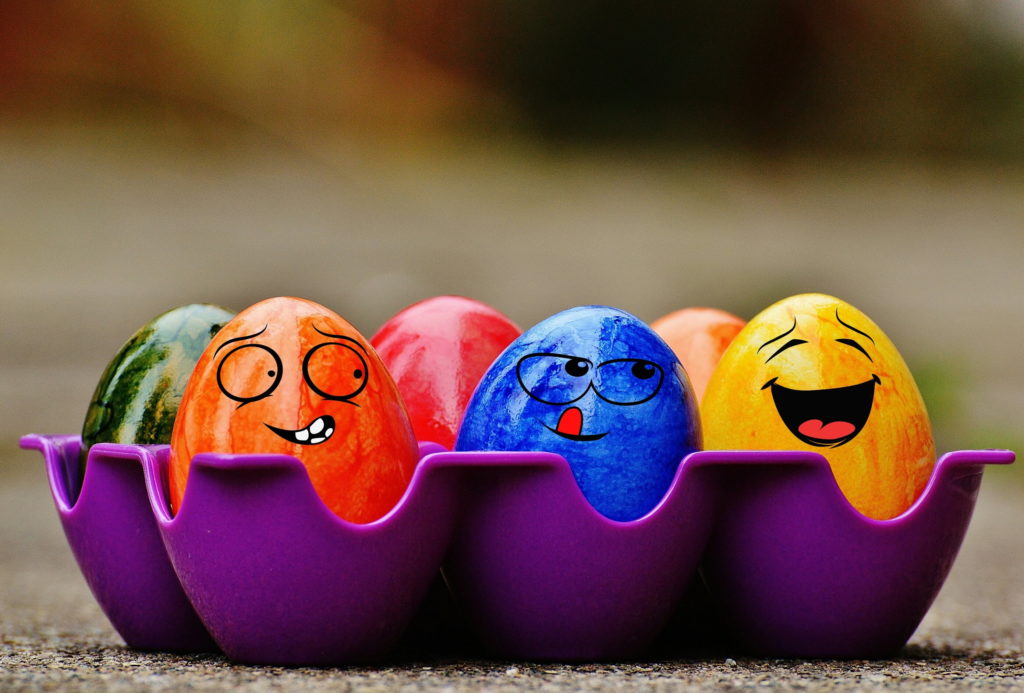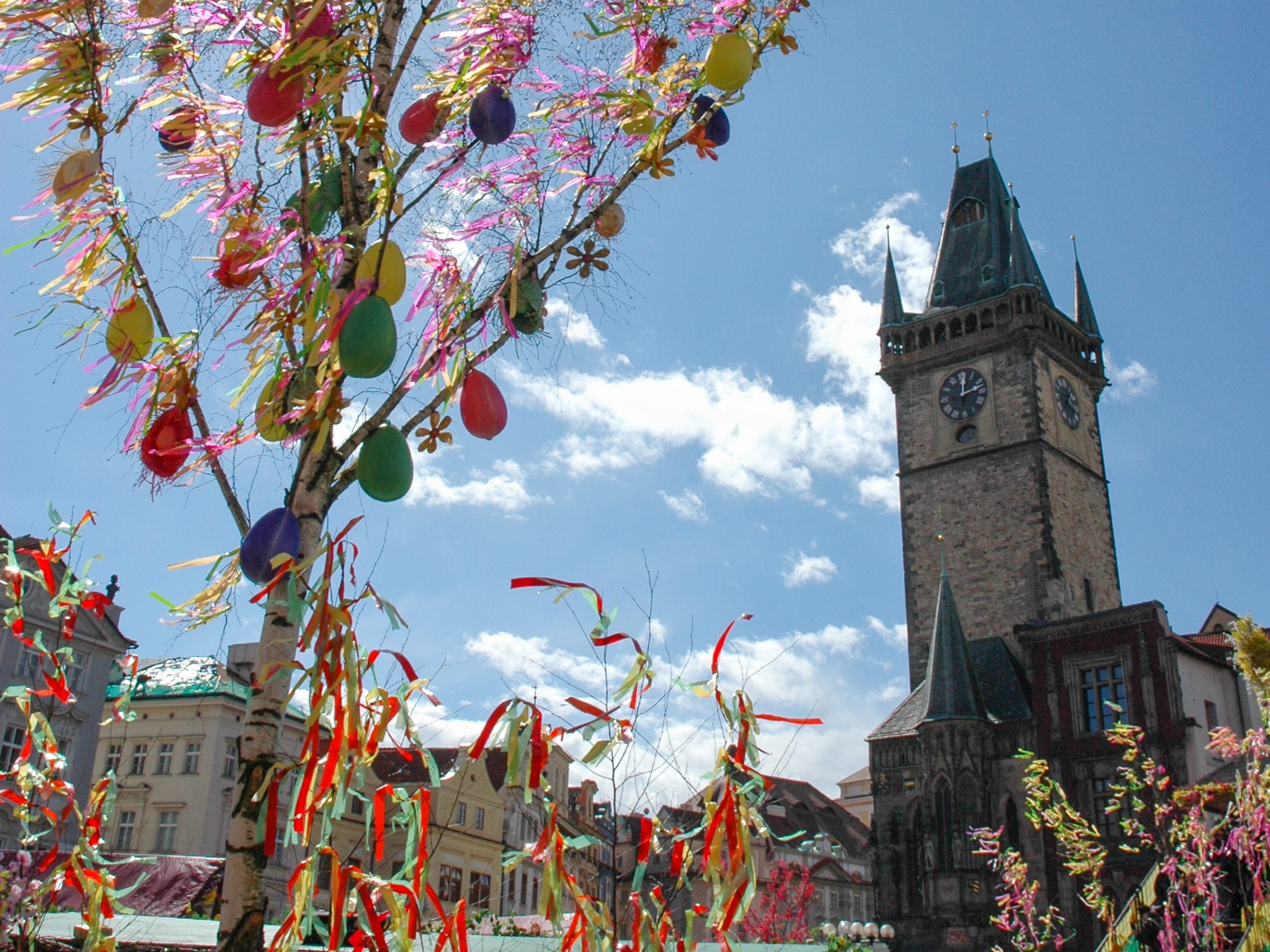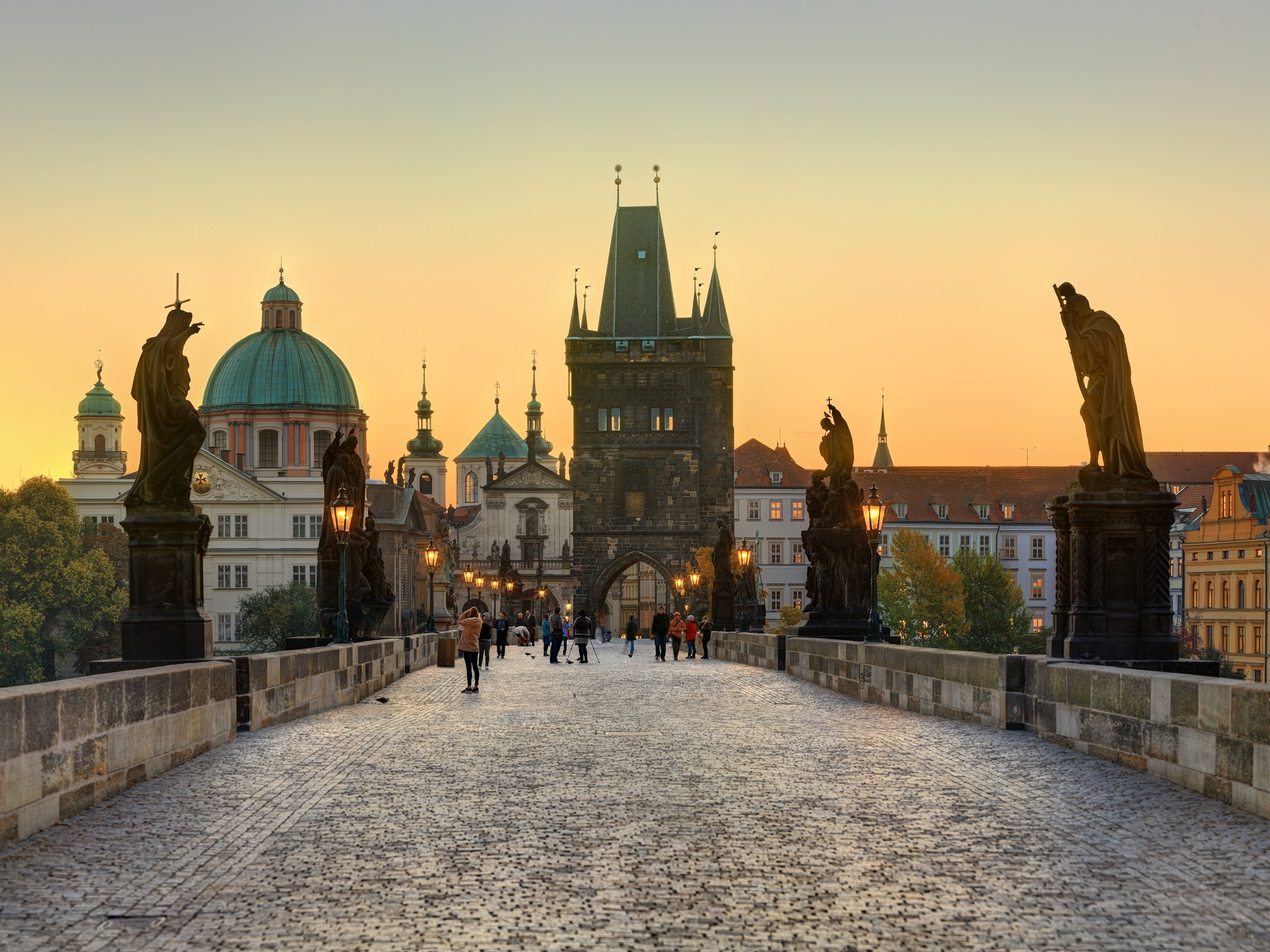Easter celebrations go a long way back into the past. Czechia, like any other European country, has Jewish-Christian roots, and so the spring festival is a combination of pagan, Jewish and Christian traditions. Today, however, it is all under the Christian veil where believers commemorate Christ’s resurrection.
Apart from the Christian Holy Week, what are the Czech Easter folk traditions exactly?
The most famous symbol of Easter, not only in Czechia, is the painted egg, which used to represent fertility and new life. Today, they are only used for decoration. Empty eggshells are decorated in a typical way, according to family or regional tradition. The decorations are varied. You can find eggs that are painted and carved, dyed in onion peel and other natural colours, etched, wired, decorated with wax or perforated. The straw decorating method is very traditional. The egg is initially dyed, and miniature pieces of prepared straw are then glued onto the shell.

The custom of whipping girls and women with a handmade whip has been a Czech Easter tradition for several centuries. The first written records that mention this whipping date back to the 14th century, but the tradition is probably much older, perhaps going back to pre-Christian times.
Boys and men used to whip girls with willow branches to help them stay healthy and young. Over time, the branches started to be braided together and, in the end, a long and elaborately braided whip became the pride of its owner.
Today, some whips can be several metres long. Naturally, such whips are only used for decoration. In Czechia, boys and men still go whipping, but this tradition is slowly disappearing from the cities. Traditionally, boys and men walk around their neighbourhood with the whip and ask for a reward. They receive a painted egg, a colored ribbon for their whip, something sweet or something strong. Men especially enjoy the tradition of whipping in Moravia where home-made brandy is popular.

All Czech open-air museums strive to keep these Czech folk traditions alive. The most popular event is Easter in Wallachia, which takes places in the open-air museum in Rožnov pod Radhoštěm in Moravia. Another open-air museum that keeps the traditional Easter customs is Veselý Kopec in East Bohemia where almost all the historical buildings are decorated. The open-air museum employees, wearing traditional costumes, will tell you all about the traditional folk customs, some of which have long been forgotten. Usually, you can also make a small souvenir to take home with you.
The spiritual dimension of Easter is also important in the Catholic tradition in Czechia. It is commemorated at many pilgrimage sites, such as the Holy Mountain in Příbram in Central Bohemia, at the Roman Catholic parish in Velehrad in Moravia, or at Zelená hora near Žďár nad Sázavou, which is inscribed in the UNESCO list.

Source: Visit Czech Republic



